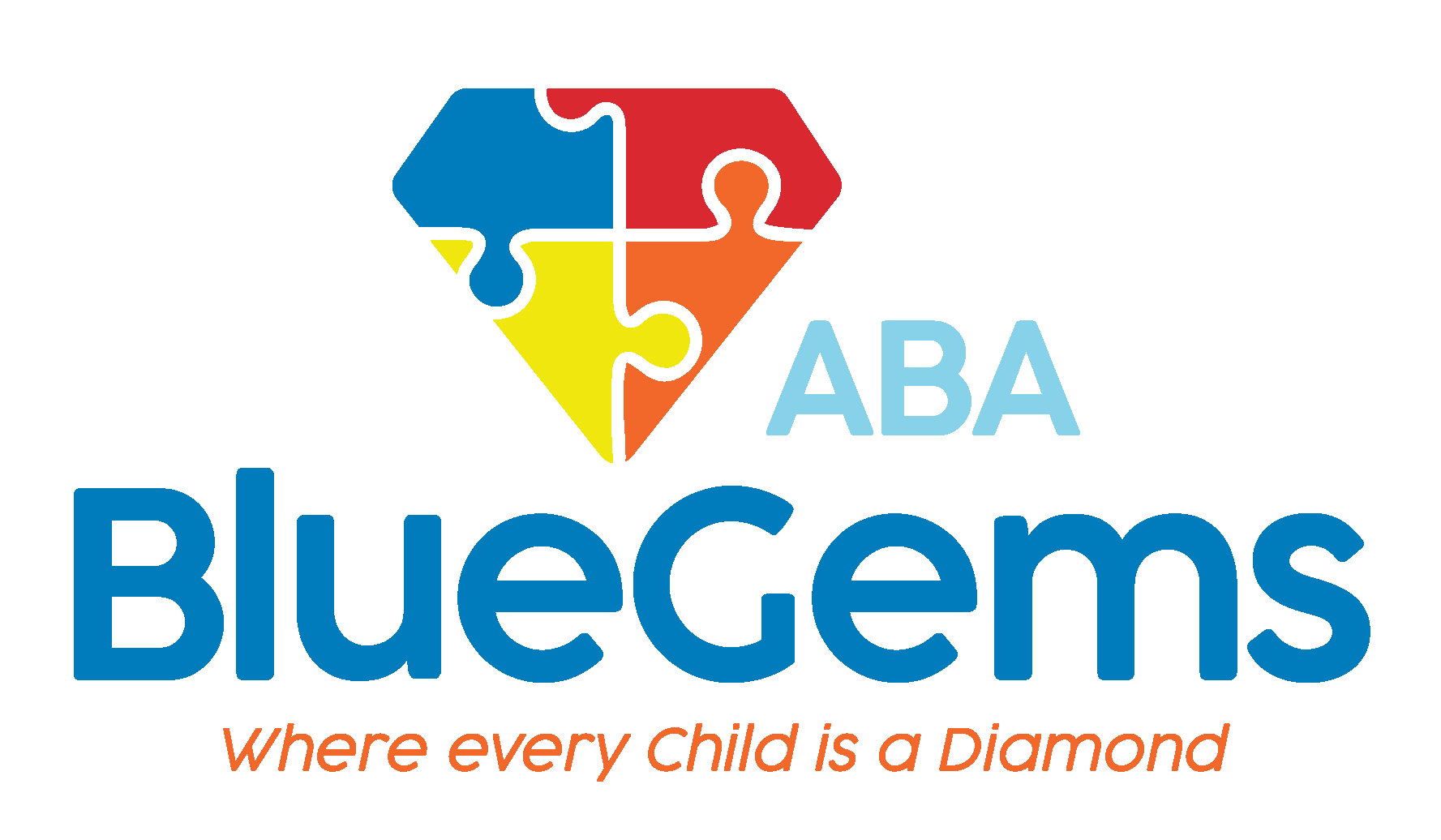Visuospatial Skills and Autism
There are many different cognitive functions, things that the brain is responsible for and that help us function. One of those functions is known as visuospatial skills.
Visuospatial skills refer to how a person relates different visual information they take in to the space around them. People use visuospatial skills when they rely on a map for navigation rather than written or spoken directions, avoid bumping into walls when walking through doorways, drive or walk across a road, and pick an object up after looking at it.
Every individual possesses visuospatial skills, though the extent to which they would be considered advanced or typical varies from one person to the next. Research has shown that people with autism spectrum disorder (ASD) can display superior visuospatial skills compared to peers.
Below, we’ll discuss this ability further, and how people on the autism spectrum are often considered visual learners.
Table Of Contents
Why Are Visuospatial Skills Important?
Visuospatial skills are vital to daily functioning in a number of realms. Those who struggle with these skills might not be able to properly identify and interpret what they’re seeing, and then might not act appropriately.
This is not an eyesight problem, though, but rather a cognitive problem. The example above describes a situation in which a person sees things perfectly fine from a visual standpoint, but doesn’t have the ability to properly interpret what they’re seeing.
People who struggle with visuospatial skills may have trouble understanding how quickly a person or other object (such as a car) is moving. This can be dangerous, especially in situations such as walking across a street or driving a car.
A deficit of visuospatial skills may also result in a person being “clumsy,” as they might fumble as they reach for an object or drop it once they have it in their hands.
What is the Relationship Between Visuospatial Skills and Autism?
While autism is a neurodevelopmental disorder that presents challenges to people throughout their lifetime, there are certain skills and abilities that people on the autism spectrum often display that are superior to that of their peers.
Visuospatial skills is one of those abilities. This can display itself in things such as an enhanced scanning ability of one’s environment, a superior reaction time and super attention, for instance.
There are many other ways in which this can present itself, such as exhibiting excellent spatial relations in terms of manipulating both two-dimensional and three-dimensional objects.
People with autism are often considered to be visual learners, and their enhanced visuospatial skills could be a major reason for that.
Are People with ASD Visual Learners?
It’s been widely accepted for more than 60 years now that people display different types of intelligence. In fact, Howard Gardner, an educational theorist, first proposed that there were 12 different types of intelligence way back in the 1960s1.
It wasn’t until the mid-1990s, though, that it became generally accepted that people with autism are visual learners. That happened after engineer Temple Grandin, who himself was diagnosed with autism, published his book “Thinking in Pictures.”2
That book described how he “thinks in pictures” and not in words, giving credence to the theory that those on the autism spectrum are visual thinkers.
That fits in well with Gardner’s visual/spatial intelligence, which refers to a person’s ability to visualize things with “the mind’s eye.” This exhibits itself when people memorize maps, do puzzles, envision how a room should be laid out, navigate space and much more.
These are all things that people on the autism spectrum tend to excel at, and it’s no surprise why this is the case.

How Can Visuospatial Skills Be Used to Support People with Autism?
Knowing that people with ASD are visual learners, people who support them should present visual cues whenever possible to best support them. This could be showing a person with autism a picture of the refrigerator (or pointing to it) while simultaneously asking them if they’re hungry.
Visual cues are an integral part of applied behavioral analysis, or ABA therapy, for this very reason — that people on the autism spectrum are visual learners and often have superior visuospatial skills.
ABA therapists will typically use visual cues to help teach people with autism the different skills they need to build in order to live a happy, healthy and fulfilling life.
Visual Cues are a Big Part of Blue Gems ABA’s Approach to Treatment
People with autism often display superior visuospatial skills to their peers. As such, they are often considered visual learners, as they do much better with pictures, for instance, than they do words.
At Blue Gems ABA, we understand this essential skill and how it relates to children with autism. So, we ensure that all of our ABA therapy treatment plans integrate visual cues to help support our patients.
Our team of BCBAs work one-on-one with patients every day, helping them to build the social, communication and daily life skills with which they might struggle.
To learn more, please contact us today.




